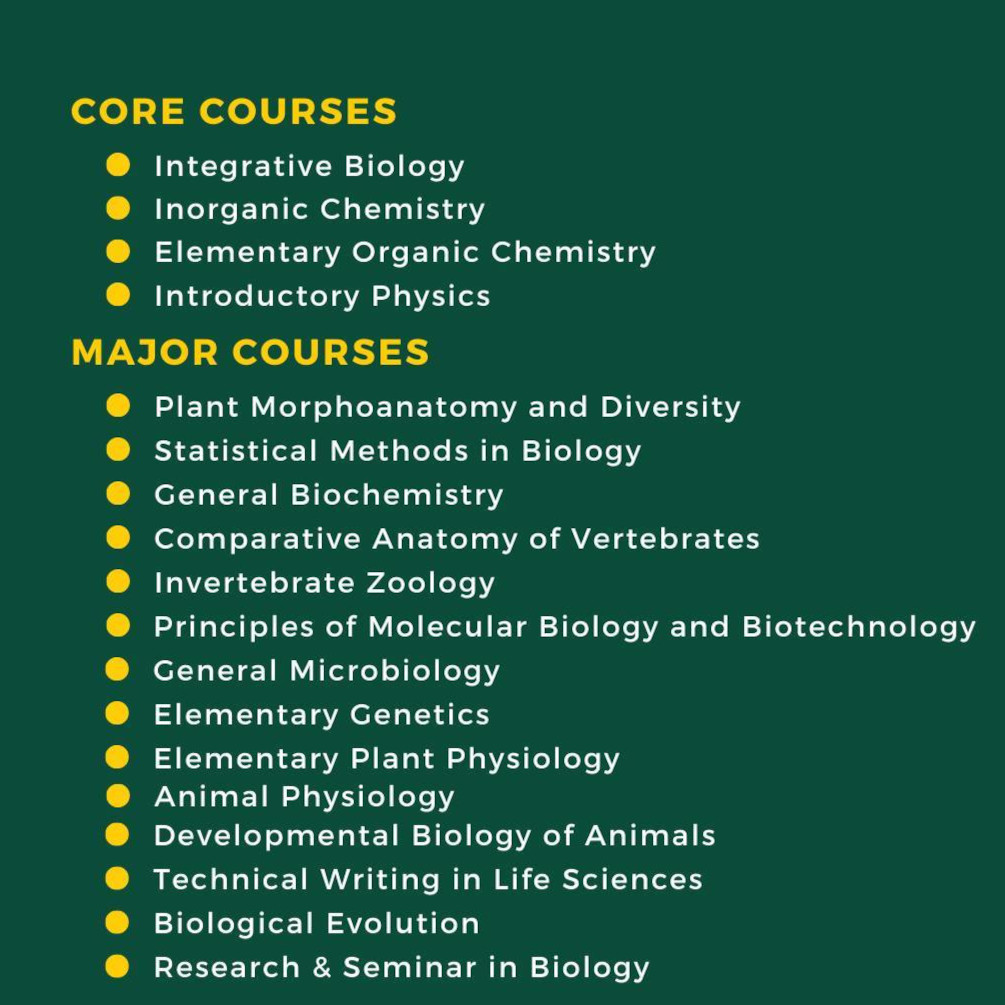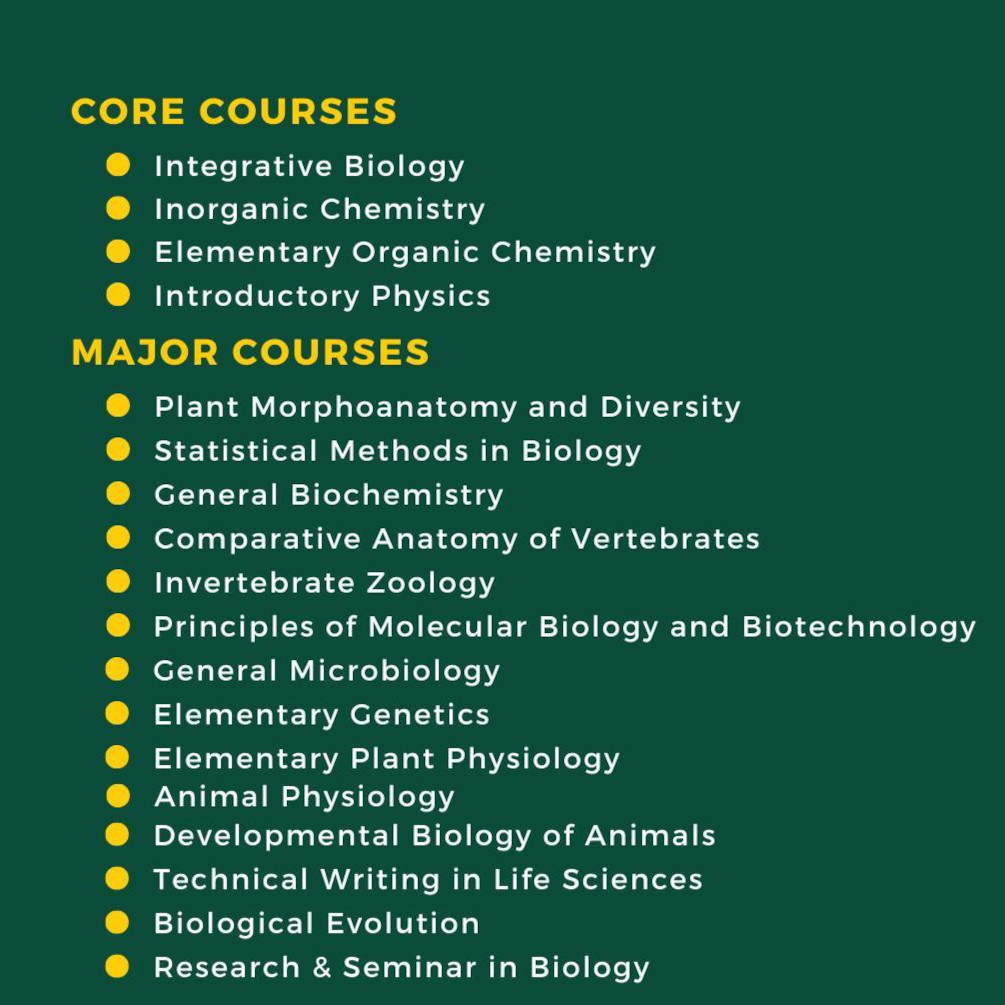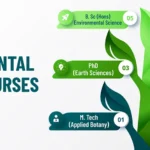I remember feeling a mix of excitement and nerves when I first signed up for a biology course. Science had always been interesting to me, but biology felt different. It was about life itself – something so fundamental, yet so incredibly complex. I pictured thick textbooks, complicated diagrams, and a lot of memorization. And yes, there was some of that, but what I didn’t expect was how much it would change the way I looked at everything around me, and even at my own body.
If you’re someone who’s curious about the living world, or maybe you’re just dipping your toes into science for the first time, let me tell you about my experience. This isn’t just for future doctors or scientists; this is for anyone who wants to understand the incredible machinery of life.
The Start: Tiny Worlds and Building Blocks
Our biology course kicked off with the very basics, and honestly, it felt a bit like learning a new language. We started with cells, the absolute building blocks of everything alive. Before this class, I knew cells existed, but I had no real idea what they did.
Suddenly, we were talking about cell membranes, cytoplasm, mitochondria, and the nucleus. It sounds like a mouthful, right? But our instructor had a way of making it click. She’d say, "Think of a cell like a tiny, bustling city." The cell membrane was the city wall, controlling what goes in and out. The mitochondria were the power plants, generating energy. And the nucleus? That was the city hall, holding all the important blueprints and instructions – DNA.
Ah, DNA. Before the course, DNA was just that cool spiral shape you see in movies. In class, we learned that it’s actually the instruction manual for every single living thing on Earth. From a giant blue whale to the smallest bacterium, DNA holds the code. Learning about how DNA replicates, how it makes proteins, and how it determines our traits felt like getting a peek behind the curtain of existence. It was mind-blowing to think that all the diversity of life comes from variations in this one molecule.
This early part of the biology course, focusing on the microscopic world, laid down the foundation. It taught me that even the simplest-looking leaf or a single drop of pond water holds an entire universe of activity. It made me realize that to understand the big picture, you first have to appreciate the tiny, invisible details.
Connecting the Dots: From Systems to Organisms
Once we understood the basic cell, the course zoomed out a bit. We moved on to how these cells organize themselves into tissues, organs, and then entire systems – like our digestive system or nervous system. This is where biology started to feel incredibly personal.
Suddenly, my own body wasn’t just "me"; it was a complex network of systems all working together in perfect harmony (most of the time!). We studied the circulatory system, understanding how my heart pumps blood, carrying oxygen and nutrients to every corner of my body. We learned about the respiratory system and how simply breathing is a sophisticated process of gas exchange.
I remember one session where we talked about the nervous system. The idea that electrical signals zip through my brain and nerves, allowing me to think, feel, and move, was just wild. It made me appreciate the sheer engineering marvel that is the human body. Every sneeze, every blink, every thought – it all has a biological basis.
We didn’t just focus on humans, though. We looked at plant biology, understanding how they photosynthesize – essentially turning sunlight into food. It made me look at trees and flowers with new eyes, seeing them not just as pretty things, but as essential life factories. We also touched upon animal systems, seeing the incredible adaptations different creatures have developed to survive in their environments.
This part of the biology course really brought home the idea of interconnectedness. No system works alone. Everything relies on everything else, whether it’s within a single organism or across different species.
The Bigger Picture: Ecosystems and How Life Changes
As the biology course progressed, we started to look at even broader scales. Then came the bigger picture: how living things interact with each other and their environment, what we call ecology.
We talked about food webs – who eats whom – and how a tiny change at one level can affect an entire ecosystem. Learning about different biomes, like forests, deserts, and oceans, showed me the incredible variety of life on our planet and how different species have adapted to unique conditions. It was like zooming out from a single pixel to see the whole painting.
And then there was evolution. For some, evolution can be a tricky topic, but in our class, it was presented as the grand story of life. We learned about natural selection – the idea that organisms with traits better suited to their environment are more likely to survive and reproduce. This simple but powerful concept explains how all the incredible diversity of life came to be, slowly changing and adapting over millions of years. It wasn’t about a sudden jump, but a gradual, continuous process. Understanding evolution made me realize that life isn’t static; it’s constantly in motion, always responding to its surroundings.
This part of the course felt like putting all the pieces together. The cells form organisms, organisms live in ecosystems, and ecosystems change and develop over long periods through evolution. It provided a framework for understanding not just what life is, but how it got here and why it is the way it is.
Getting My Hands Dirty: The Lab Experience
This wasn’t just reading from a book anymore. The lab sessions were probably my favorite part of the biology course. This is where all the concepts we discussed in lectures came to life.
I remember peering into a microscope for the first time and seeing actual living cells wiggling around in a drop of pond water. It was incredible! We stained onion cells to see their nuclei clearly, and we even looked at our own cheek cells. It felt like I was a real scientist, making discoveries right there at my lab bench.
We did experiments to understand photosynthesis, observing how plants release oxygen. We also performed dissections – yes, that part can be a bit challenging for some, but it was invaluable for understanding anatomy firsthand. Holding a sheep’s heart in my gloved hand and seeing its chambers and valves made the diagrams in the textbook so much more real. It showed me the elegance and efficiency of biological structures in a way no drawing ever could.
The labs taught me not just about biology, but also about the scientific method. We learned how to form hypotheses, design experiments, collect data, and interpret results. It was about critical thinking and problem-solving, skills that are useful far beyond the lab.
The Challenges (and How I Got Through Them)
It wasn’t all smooth sailing, though. There were tough concepts, plenty of new words to learn, and times when I felt overwhelmed. Biology is vast, and sometimes it felt like trying to drink from a firehose.
I found that breaking down complex topics into smaller, manageable chunks really helped. Our instructor encouraged us to draw diagrams, make flashcards, and explain concepts to each other. Study groups became my best friend. When I struggled to understand something, explaining it to a classmate (or having them explain it to me) often made it click.
Asking questions, even if they felt silly, was also key. Our instructor always said there are no silly questions in science, only opportunities to learn. And she was right. Often, someone else in the class had the same question but was too shy to ask.
The biggest takeaway from the challenges was that biology isn’t about memorizing every single detail. It’s about understanding the connections and the big ideas. Once you grasp the fundamental principles, the details become much easier to fit into place.
How Biology Changed My View
Finishing that biology course was incredibly rewarding. It was more than just a class; it was an awakening. I started noticing things I’d never paid attention to before. The way plants turn towards the sun, the intricate patterns on a butterfly’s wing, the incredible resilience of even a tiny weed growing through a crack in the pavement – it all became more meaningful.
I started thinking differently about my own health, too. Understanding how my body works made me more conscious of what I eat, how I exercise, and the importance of rest. It demystified things like illness and disease, making them seem less like random misfortunes and more like disruptions to a finely tuned system.
The course also gave me a deeper appreciation for the environment. Learning about ecosystems and biodiversity made me realize how delicate and interconnected our planet’s life support systems are. It made me want to be more mindful of my impact on the world around me.
Should YOU Take a Biology Course?
Absolutely, yes! If you’re reading this and wondering if a biology course is for you, I wholeheartedly encourage it. You don’t need to want to be a doctor or a scientist to get something valuable out of it.
A biology course offers a unique way of looking at the world. It teaches you to observe, to question, and to appreciate the incredible complexity and beauty of life. It helps you understand yourself, your health, and your place in the natural world. It sharpens your critical thinking skills and gives you a foundation for understanding so many pressing global issues, from climate change to public health.
Whether you’re a high school student, a college student exploring options, or just someone with a spark of curiosity, give biology a chance. It might just change how you see everything, just like it did for me. It’s a journey into the very essence of what it means to be alive, and it’s a journey well worth taking.



